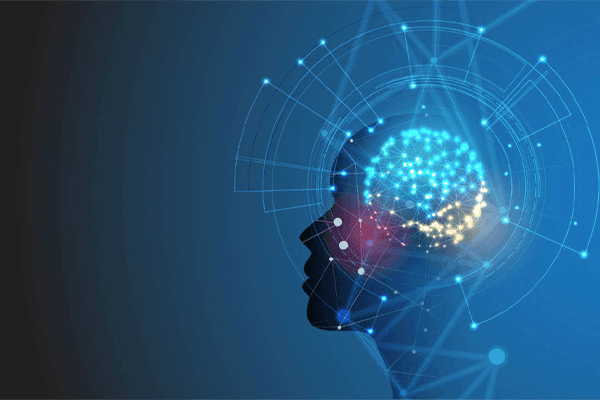Define Objectives and Scope
Before creating your knowledge base, it is crucial to define the objectives and scope of your chatbot. Consider the following questions:
- What is the primary purpose of the chatbot (e.g., customer support, information dissemination, user engagement)?
- Who is the target audience?
- What types of questions or issues will the chatbot address?
- What information is necessary to meet these objectives?
Gather and Organize Information
Once the objectives and scope are clear, gather relevant information from various sources, such as:
- Company documents (e.g., product manuals, FAQs, policy documents)
- Customer service records
- Subject matter experts
- External sources (e.g., industry articles, research papers)
Organize this information into categories and subcategories to make it easily accessible. For example, if your chatbot is for customer support, categories might include product features, troubleshooting, and billing.
Create Structured Content
To ensure the chatbot can effectively utilize the knowledge base, structure the content in a way that is easily searchable and understandable. Consider the following best practices:
- Use Clear and Concise Language: Write in simple, direct language to make the information accessible to a wide audience.
- Implement a Hierarchical Structure: Organize content from general to specific, using headings, subheadings, and bullet points.
- Include Metadata: Add tags, keywords, and summaries to each piece of content to enhance searchability.
Develop FAQs and Conversational Flows
Frequently Asked Questions (FAQs) are a cornerstone of any knowledge base. Identify common questions and provide clear, concise answers. Additionally, develop conversational flows to guide users through complex issues or processes. These flows should mimic natural conversation and anticipate follow-up questions.
Integrate the Knowledge Base with the Chatbot
Integrate the knowledge base with your chatbot platform. This involves:
- Data Integration: Ensure the chatbot can access and retrieve information from the knowledge base.
- Natural Language Processing (NLP): Implement NLP algorithms to interpret user queries and match them with relevant information.
- Testing and Optimization: Continuously test the chatbot to ensure it correctly interprets queries and provides accurate responses.
Maintain and Update the Knowledge Base
A knowledge base is a living entity that requires regular updates and maintenance. Establish a process for:
- Regular Reviews: Periodically review content to ensure it is accurate and up-to-date.
- User Feedback: Collect and analyze user feedback to identify gaps or inaccuracies.
- Content Expansion: Continuously expand the knowledge base as new products, services, or information become available.
Conclusion
Building a comprehensive knowledge base for your chatbot is a multifaceted process that requires careful planning, organization, and ongoing maintenance. By defining clear objectives, gathering and structuring information, developing FAQs and conversational flows, integrating with the chatbot, and maintaining the knowledge base, you can create a robust resource that enhances your chatbot’s effectiveness and improves user satisfaction.



